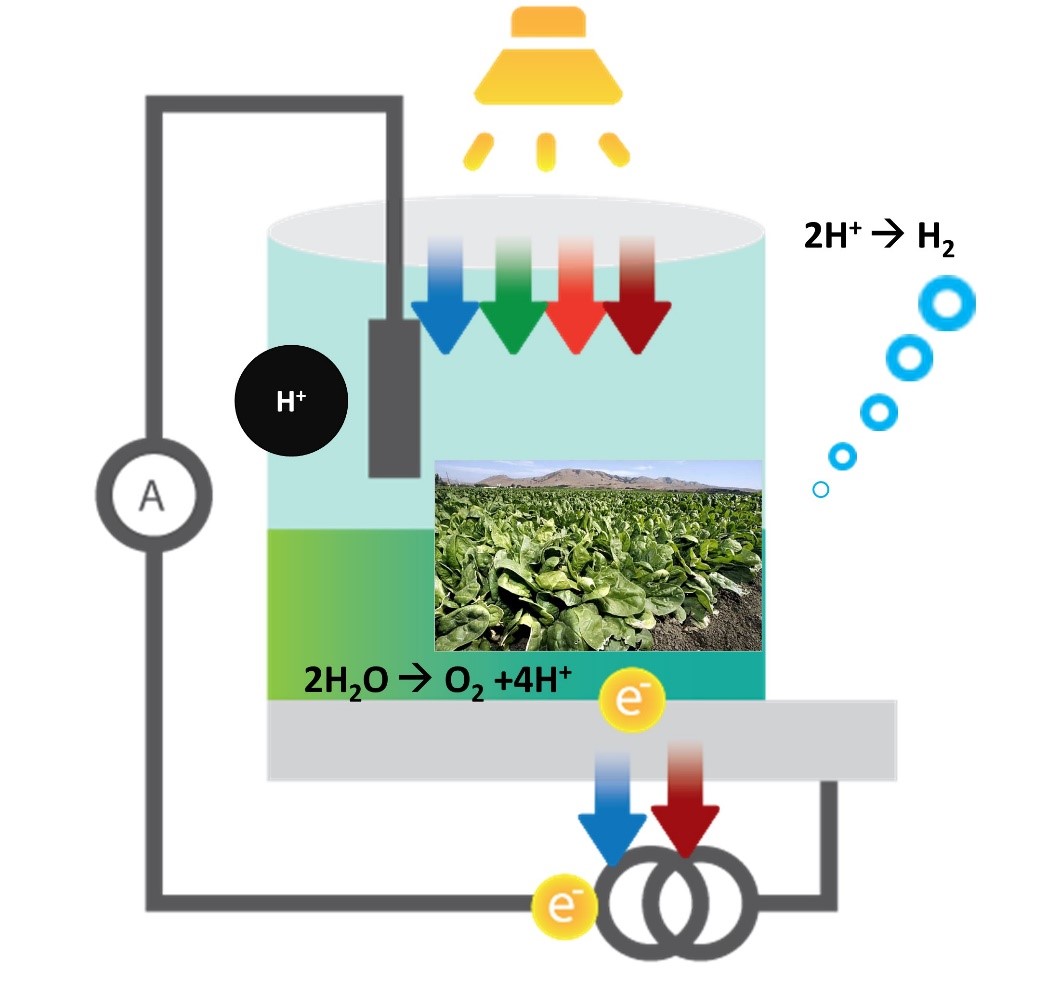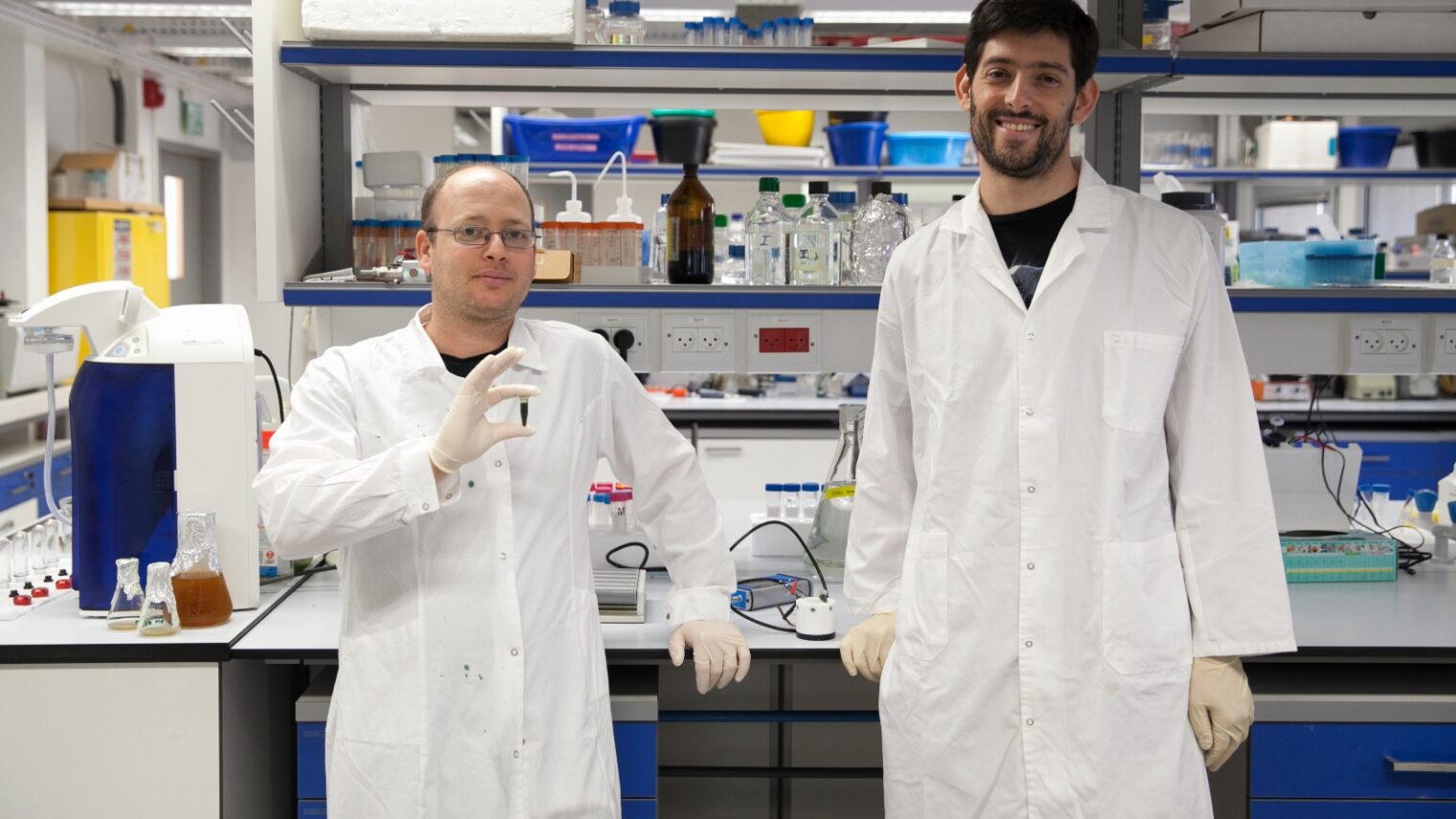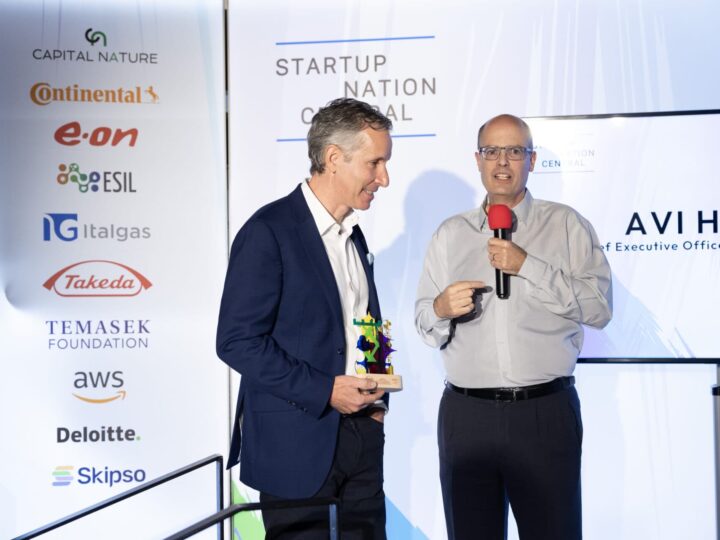We always knew spinach was a great source of energy for our bodies. Now it seems the nutritious leafy green can also provide energy for other purposes.
Using a simple membrane extract from spinach leaves, researchers from the Technion-Israel Institute of Technology in Haifa invented a bio-photo-electro-chemical (BPEC) cell that produces electricity and hydrogen from water using sunlight.
The unique combination of a manmade BPEC cell and plant membranes, which naturally absorb sunlight and convert it highly efficiently into a flow of electrons for storable chemical energy, paves the way for new clean technologies from renewable sources.
This feat was a multidisciplinary effort.
“The study is unique in that it combines leading experts from three different faculties: biology, chemistry and materials engineering,” said Prof. Avner Rothschild of the department of material science and engineering.

The study was conducted by Technion doctoral students Roy I. Pinhassi, Dan Kallmann and Gadiel Saper under the guidance of Rothschild, Prof. Noam Adir of the chemistry department and Prof. Gadi Schuster of biology department.
“The combination of natural (leaves) and artificial (photovoltaic cell and electronic components), and the need to make these components communicate with each other, are complex engineering challenges that required us to join forces,” said Rothschild.
The findings were published in the online journal Nature Communications.
Clean fuel
In order to utilize photosynthesis for producing electric current, the researchers added an iron-based compound to the solution. This compound facilitates the transfer of electrons from the spinach-leaf membranes to the electrical circuit, enabling the creation of an electric current in the cell.
The electrical current can also be channeled to form hydrogen gas through the addition of electric power from a small photovoltaic cell that absorbs the excess light. This makes possible the conversion of solar energy into chemical energy that is stored as hydrogen gas formed inside the BPEC cell.
In turn, this energy can be converted into heat and electricity by burning the hydrogen, in the same way hydrocarbon fuels are used.

However, unlike the combustion of hydrocarbon fuels – which emit the greenhouse gas carbon dioxide into the atmosphere and pollute the environment – the product of hydrogen combustion is clean water.
Therefore, the Israeli-innovated cell is a closed cycle that begins with water and ends with water, allowing the conversion and storage of solar energy in hydrogen gas. The researchers believe it could be a clean and sustainable alternative fuel.
“These results demonstrate the promise of combining natural photosynthetic membranes and manmade photovoltaic cells in order to convert solar power into hydrogen fuel,” the researchers wrote in their report.
The study was conducted at the Nancy and Stephen Grand Technion Energy Program (GTEP) and carried out at the Technion Hydrogen Lab, which was established under the auspices of the Adelis Foundation and GTEP. It was funded by the I-CORE (Israeli Centers of Research Excellence) program of the Council for Higher Education’s Planning and Budgeting Committee, the National Science Foundation, a grant from the United States-Israel Binational Science Foundation and the German-Israeli Project Cooperation Program.
















